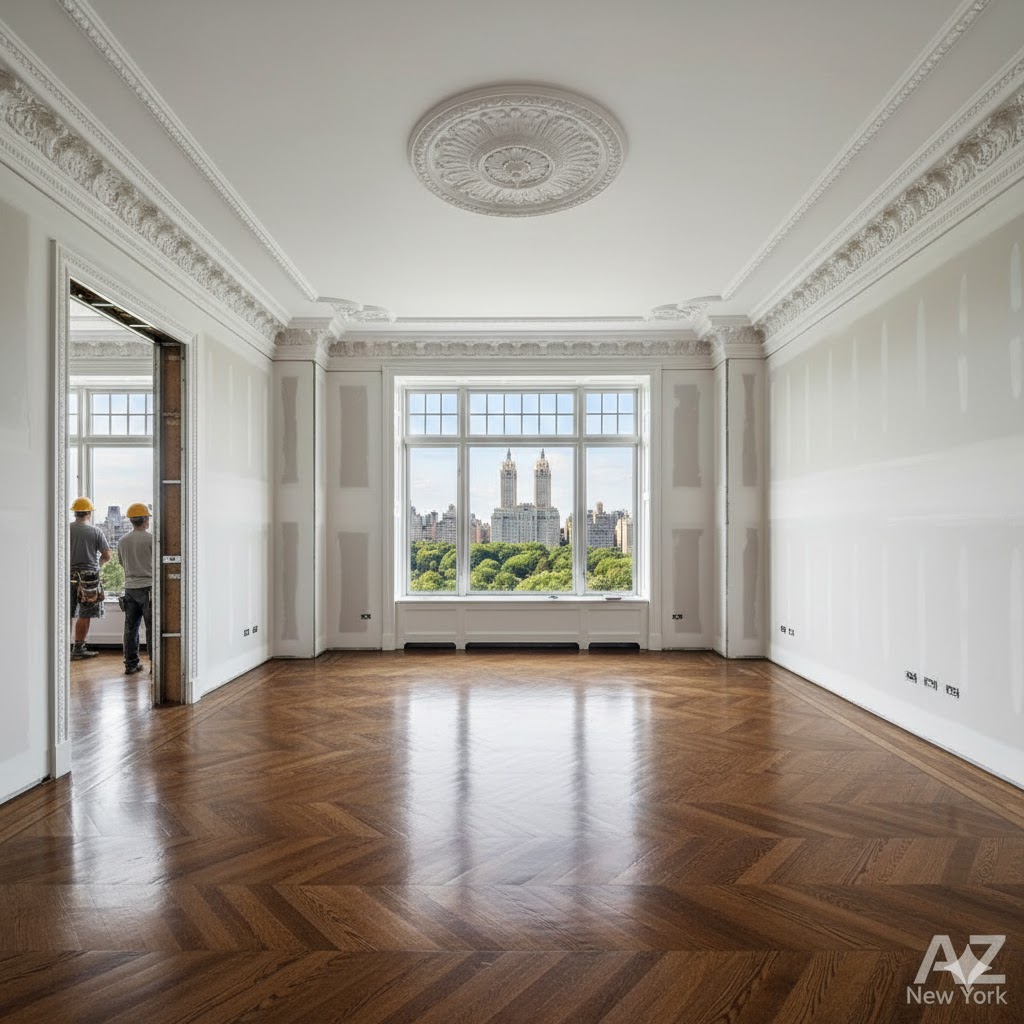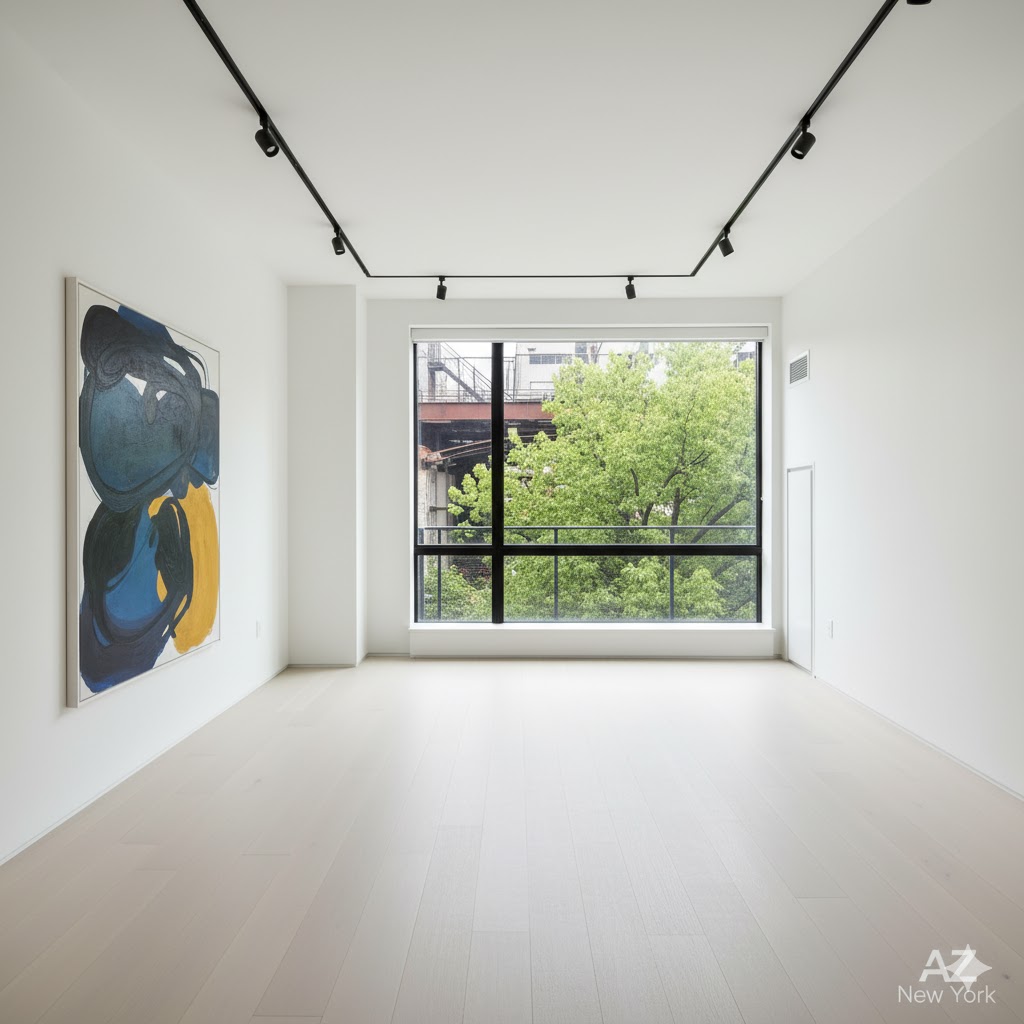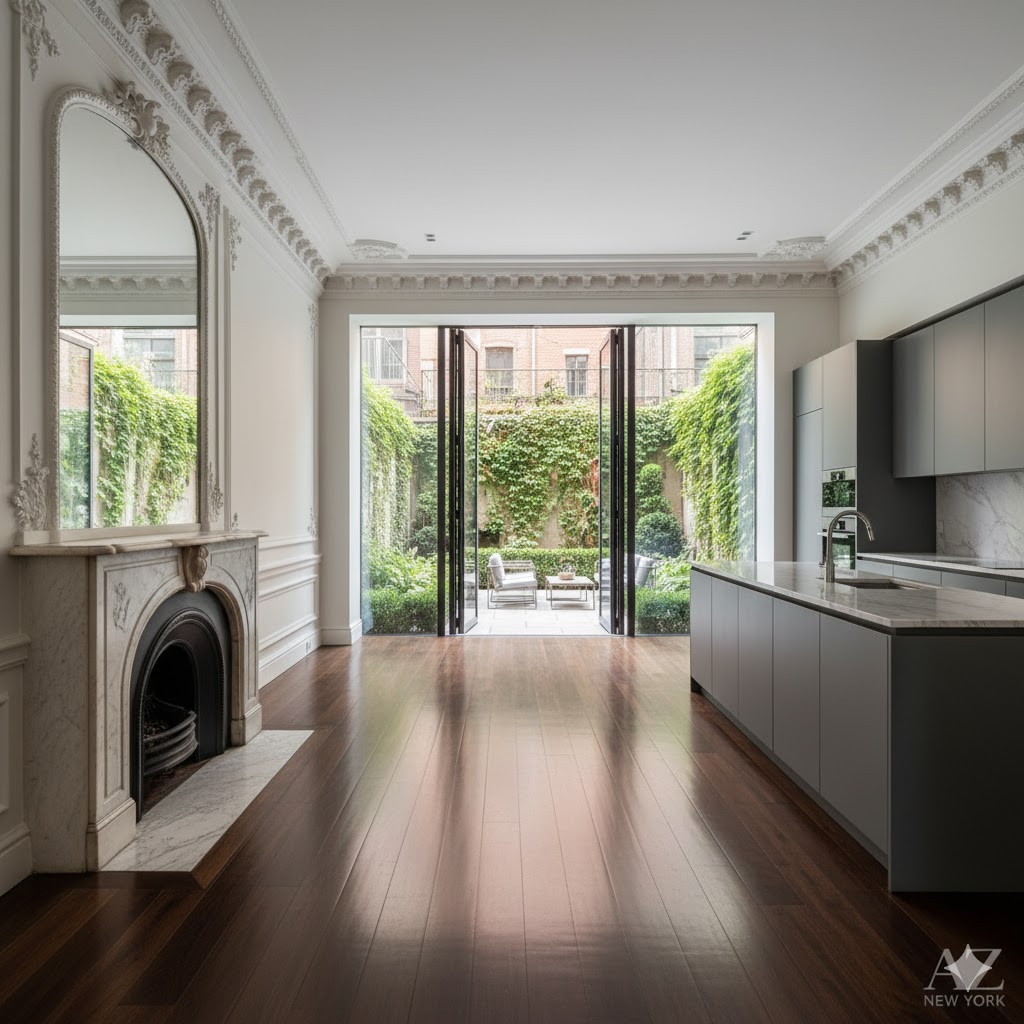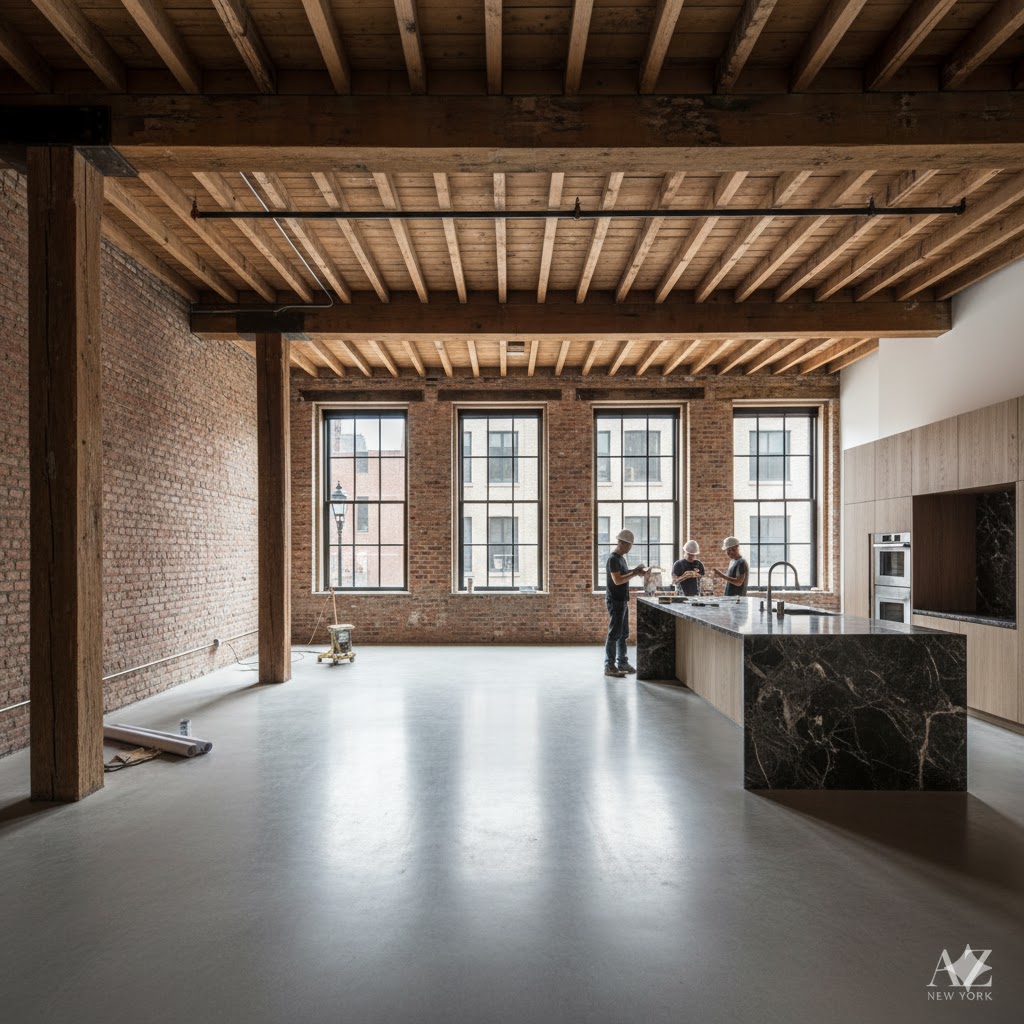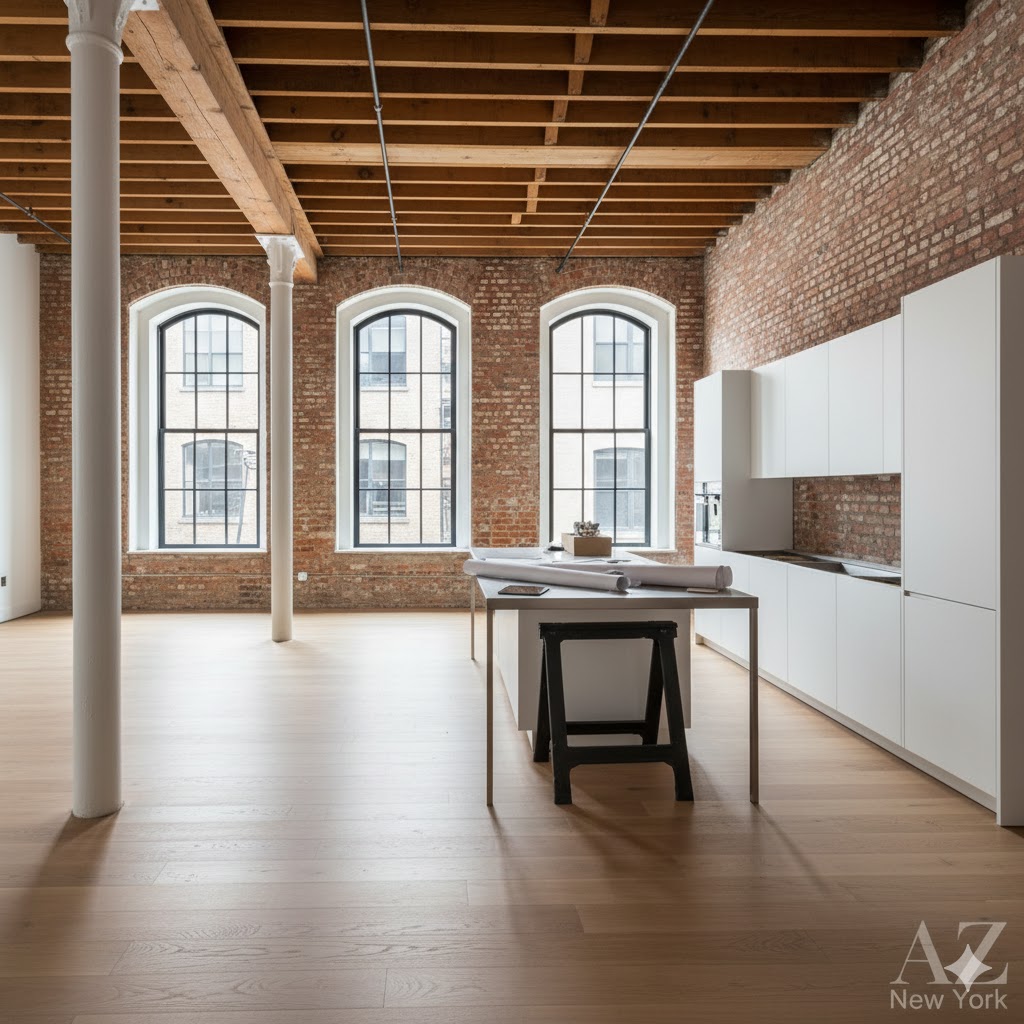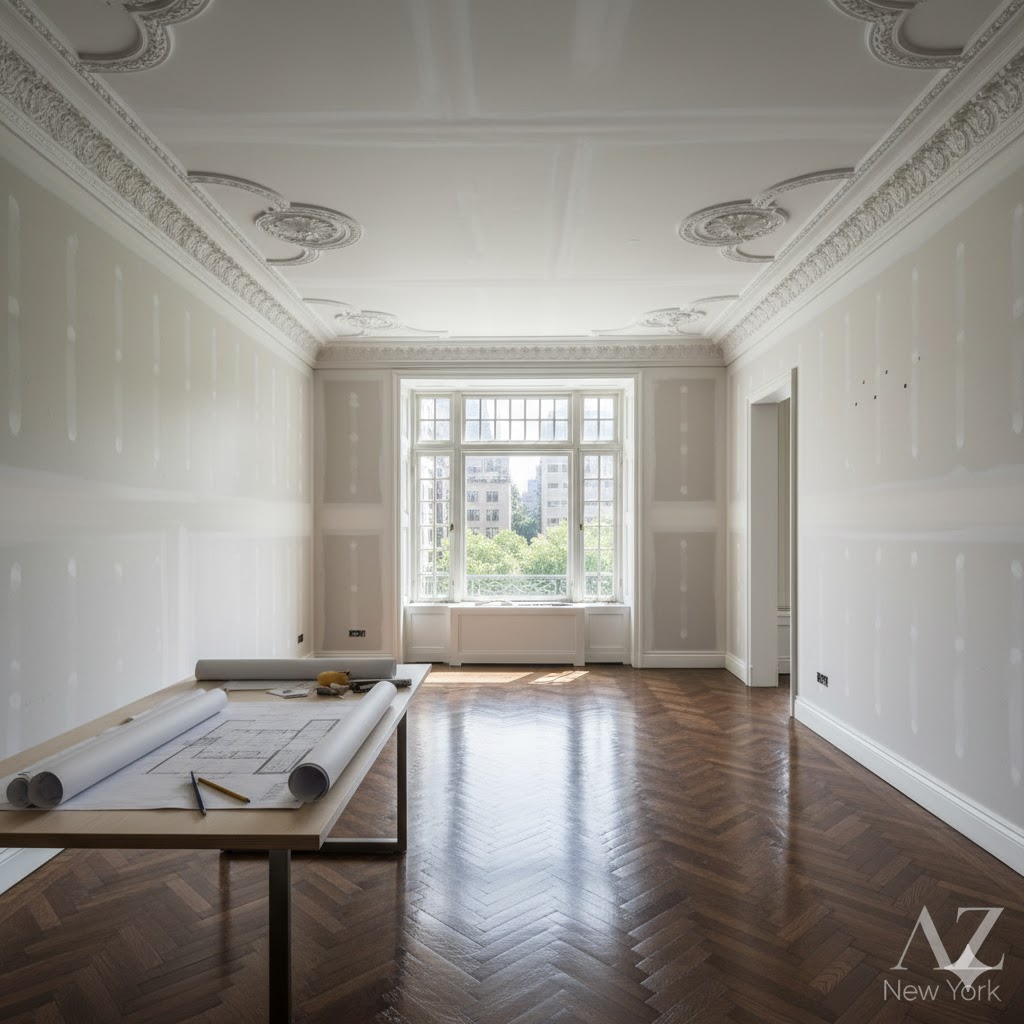
Buying Old Apartments on the Upper East Side, NYC: A Guide to Renovating and Reselling for Profit
The Upper East Side (UES), in New York City, is synonymous with “white-glove” service, “Museum Mile,” and some of the most prestigious addresses on Park and Fifth Avenues. Investing in old “pre-war” apartments for renovation and resale here is the classic NYC “fix-and-flip” strategy, targeting a high-net-worth buyer who desires modern luxury within a building of historic pedigree.
🏙️ Why Invest on the Upper East Side?
The UES is dominated by “pre-war” co-operative buildings (co-ops). These apartments, built between the 1900s and 1940s, offer what new glass towers cannot: grand-scale layouts (like the “Classic Six” or “Classic Seven”), high ceilings, solid plaster walls, and “bones” of unparalleled quality.
While an unrenovated unit may be dated, its underlying value is immense. The profit lies in transforming these estate-condition properties into turn-key modern homes that respect the original architecture.
🔍 Comparative Table: Pre-War Co-op vs. New-Build Condo (UES)
| Feature | Pre-War Co-op (for Renovation) | New-Build Luxury Condo |
|---|---|---|
| Typical Layout | Gracious, defined rooms (e.g., formal dining room, maid’s room, gallery). | Open-plan living/kitchen, floor-to-ceiling glass, smaller bedrooms. |
| Acquisition Cost | Lower purchase price for “estate condition” (e.g., $1.8M – $3M). | Extremely high (e.g., $5M+), value is already maximized. |
| Renovation Hurdle | Very High. Strict co-op board approvals, “wet-over-dry” rules, landmark issues. | None. Property is turn-key. |
| Target Buyer | Established buyer wanting classic architecture with modern systems. | International buyer or HNW individual wanting amenities and views. |
| Profit Potential (Flip) | High (25-40% margin) upon successful, high-quality renovation. | Very Low. Appreciates over time, but not a “flip” vehicle. |
🔨 3 Case Studies: Successful UES Flips
- The Park Avenue “Classic Six”: An investor purchased a 2,200 sq ft “Classic Six” in estate condition for $2.5M. Action: An $800k gut renovation. They legally combined the small kitchen and adjacent maid’s room to create a large, modern eat-in kitchen, added central A/C (a key value-add), and restored all herringbone floors. Result: Sold for $4.5M. Net profit (pre-tax): ~$1.2M.
- The Carnegie Hill 2-Bedroom: A developer bought a 2-bed, 2-bath near 96th St for $1.4M. It had a 1980s renovation. Action: A faster, $300k “cosmetic-plus” renovation. Focused on a new high-end kitchen (Sub-Zero, Wolf) and marble bathrooms. Kept the layout. Result: Sold quickly for $2.2M. Net profit: ~$500k.
- The Fifth Avenue “Tear-Down”: An investor group purchased a large, 4,000 sq ft apartment with direct Central Park views for $7M. The unit had not been touched in 60 years. Action: A $3M, architect-led gut renovation. Reconfigured the entire layout for a modern flow, installed all new systems. Result: Staged and sold to an international buyer for $13.5M. Net profit: ~$3.5M.
💡 Pro-Tips for Renovating in an UES Co-op
- Master “Wet-Over-Dry” Rules: This is the #1 rule in NYC co-ops. You cannot expand a “wet” area (kitchen, bathroom) over a “dry” area (bedroom, living room) of the apartment below. This strictly governs layout changes.
- Budget for Abatement: Virtually all pre-war buildings have asbestos and lead paint. A budget for professional abatement is mandatory.
- Hire an “Expediter” and Architect: Navigating the NYC Dept. of Buildings (DOB) and a notoriously picky co-op board requires a team. An architect manages the board, and an expediter fast-tracks DOB permits.
- Add Central A/C: Through-the-wall A/C units devalue an apartment. Installing a modern, ducted central air or “mini-split” (VRF) system is expensive but offers one of the highest returns on investment.
✨ UES Real Estate: Did You Know?
Many of the most exclusive co-ops on Park and Fifth Avenues not only require buyers to pay all-cash, but also demand that the buyer have “post-closing liquidity” (cash or assets left *after* the purchase) that is 2x, 3x, or even 5x the value of the apartment itself. This is done to ensure the building’s financial exclusivity and stability, making the buyer pool for resale extremely small, but also extremely wealthy.
❓ Frequently Asked questions (FAQ)
Q: What is a “Classic Six” or “Classic Seven” apartment?
A: This is a pre-war layout term. A “Classic Six” has six distinct rooms: Living Room (with fireplace), formal Dining Room, Kitchen, two full Bedrooms, and a small “Maid’s Room” (often now used as a home office or laundry room).
Q: Why is renovating a co-op harder than a condo?
A: A co-op is run by a board of directors (the other residents) who have almost unlimited power to approve or deny your renovation plans, your architect, your timeline (e.g., “no work in summer”), and even your final buyer. Condos have much more lenient rules.
Q: What is the biggest mistake investors make on the UES?
A: Underestimating the co-op board. An investor might finish a beautiful renovation, but if the board rejects their chosen buyer (which they can do without giving a reason), the investor is stuck paying “maintenance” (HOA) fees for months, erasing profits.
📍 GEO Context
- City: New York City
- Neighborhood: Upper East Side (UES)
- Borough: Manhattan
- Category: Luxury Real Estate Investments
For more insights into pre-war properties and investment opportunities on the UES, visit AZ New York.
Keywords for your next internet searches
Upper East Side real estate, NYC pre-war apartments, how to flip a co-op, Park Avenue apartments, Fifth Avenue co-op, Classic Six renovation, renovating in NYC, luxury real estate investing, NYC fix and flip, UES property values, Carnegie Hill real estate,
Museum Mile apartments, white-glove co-op rules, wet-over-dry renovation, herringbone floors restoration, high-end kitchen remodel NYC, NYC real estate case studies, AZ New York, Manhattan luxury apartments, Central Park real estate, NYC real estate profit margins, historic home renovation NYC, bespoke luxury NYC, UES interior design, high-net-worth real estate

